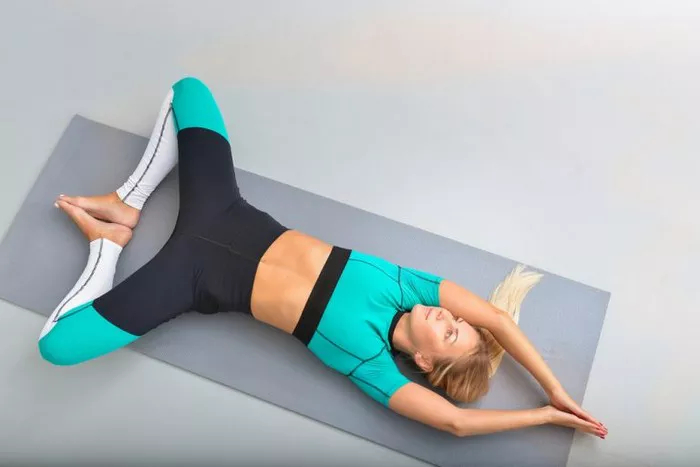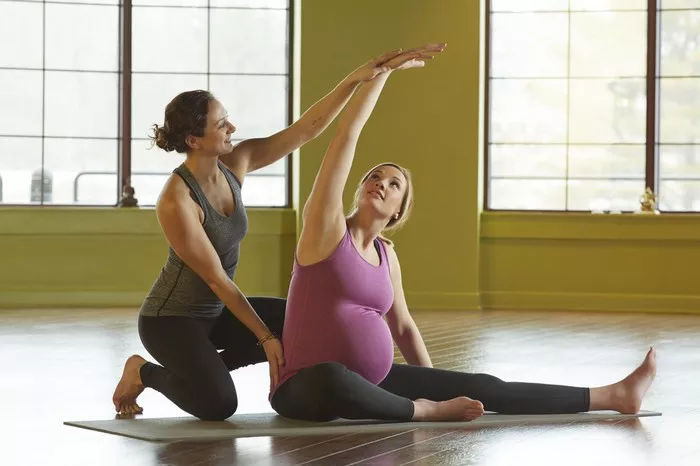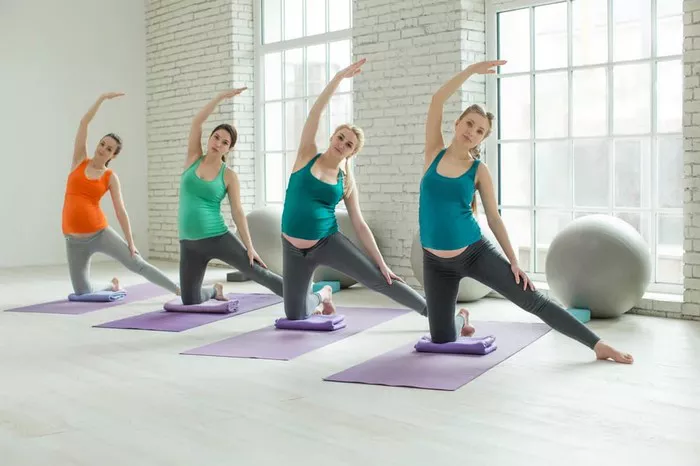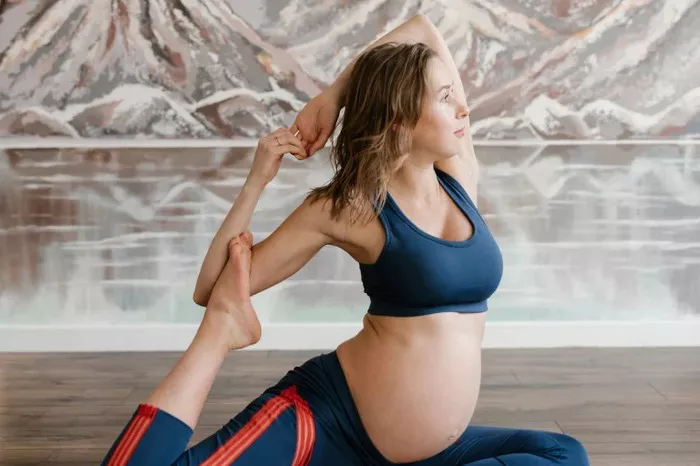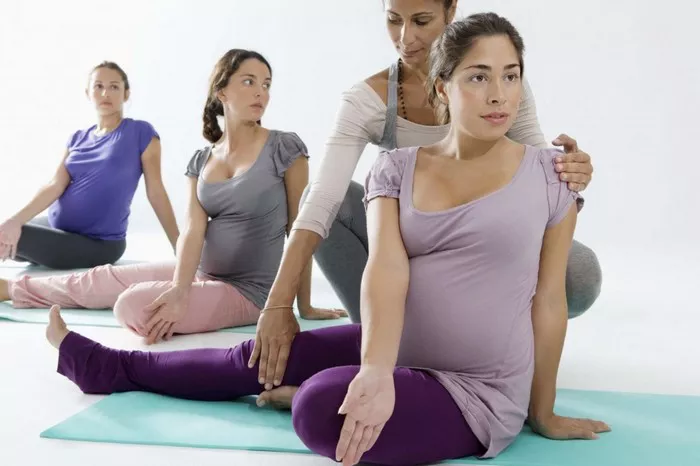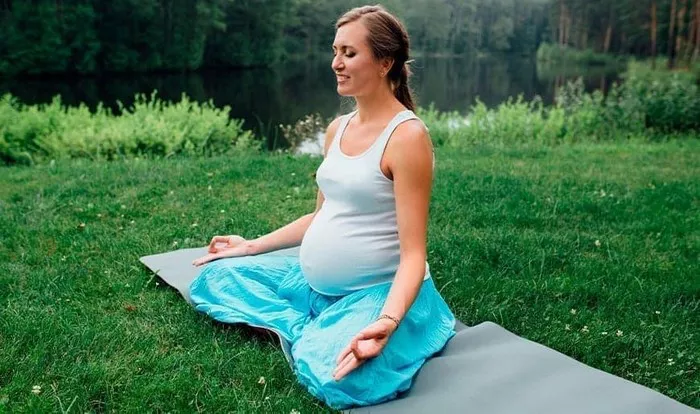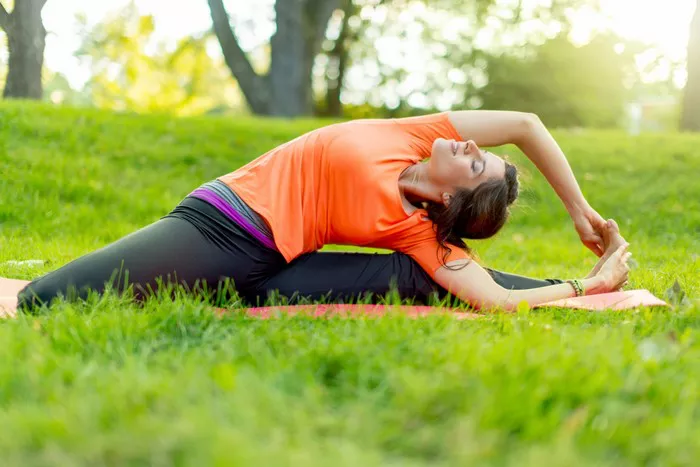Yoga is not only a wonderful way to nurture your body, mind, and spirit, but it also offers a fantastic opportunity to strengthen bonds between you and a partner. Practicing yoga together, whether with a friend, partner, or family member, can help build trust, improve communication, and provide a sense of shared accomplishment. While some yoga poses may seem complicated or reserved for seasoned practitioners, there are plenty of simple and effective yoga poses that 2 people can do together. These poses not only promote physical flexibility and strength but also enhance mutual awareness and cooperation. In this article, we will explore easy yoga poses for two people, offering practical tips and guidance to help you and your partner enjoy a fulfilling practice together.
When you practice yoga as a pair, the connection between both partners plays a crucial role. Each person’s movement and alignment must support the other, allowing for a more balanced and harmonious experience. The simplicity of these poses means that anyone—whether you’re a beginner or an experienced yogi—can enjoy them without feeling overwhelmed. Easy two-person yoga poses allow for learning and growing together. Whether you’re just beginning your yoga journey or looking to deepen your practice with a partner, these poses offer an enjoyable and accessible way to experience the many benefits of yoga as a duo.
What Are the Benefits of Practicing Yoga with a Partner?
Emotional and Physical Connection
Practicing yoga with a partner can offer a range of emotional and physical benefits. When you practice yoga alone, it can sometimes be challenging to stay fully focused and motivated. But when you incorporate a partner, the practice can feel more engaging and fun. Two-person yoga poses often involve mutual support and teamwork, which help build trust and communication. As both partners assist each other in balancing or deepening a stretch, there is a sense of shared purpose, which makes the practice more meaningful.
Physically, practicing yoga together also brings unique advantages. The support your partner provides in certain poses can help you achieve better alignment, stability, and flexibility. Additionally, you may be able to deepen stretches or hold poses for longer periods due to the support you’re receiving. Many two-person poses work on the principle of giving and receiving weight, which helps develop a sense of balance, coordination, and physical awareness. Moreover, practicing yoga with a partner can boost your motivation. Knowing that you have someone to practice with can make the experience less daunting and more enjoyable. You’ll likely feel more confident as you learn to trust your partner’s assistance and enjoy the process of growing together.
Building Trust and Communication
The physical benefits of two-person yoga are evident, but the emotional and mental advantages cannot be overlooked. Yoga itself is a practice of mindfulness and awareness, and when you incorporate a partner into the practice, it heightens the need for non-verbal communication. A simple glance or gentle touch can help guide the flow of movement. Many of these poses require you to rely on your partner for balance, alignment, and support. This reliance fosters trust—both in your partner and in your own abilities. As you progress through the session, you learn how to read each other’s body language and adjust to each other’s rhythms.
Yoga also encourages deep breathing, which can promote relaxation and reduce stress. Sharing these moments of calm with a partner can create a bond and create an emotional release. If you’re feeling stressed or anxious, practicing yoga with a partner can offer comfort and peace. The connection you build on the mat often translates into a stronger relationship off the mat as well. Whether you are practicing with a friend, spouse, or family member, the shared experience of working together through yoga helps foster a sense of unity and affection.
Two-Person Easy Yoga Poses to Try Together
1. Partner Forward Fold and Shoulder Stretch
How to Perform the Pose
This simple yet effective stretch helps to lengthen the back and shoulders. Start by standing facing each other, a few feet apart. One person begins in a forward fold, with their legs straight and their arms hanging down. The other person, standing tall, extends their arms toward their partner’s back and gently pulls them deeper into the forward fold by holding the wrists or forearms. The person in the forward fold will experience a deep stretch in the hamstrings, while the person pulling the partner’s arms will stretch the shoulders and upper back.
Benefits
This pose stretches both the lower and upper body. It’s a wonderful pose to open the hamstrings, relax the spine, and improve posture. Both partners can deepen the stretch through gentle and controlled movements, providing an excellent way to enhance flexibility and release tension. The synchronized breathing during this pose can also help increase relaxation and mindfulness.
2. Seated Back-to-Back Twist
How to Perform the Pose
Sit back-to-back with your partner on the floor, with both of you keeping your legs extended in front of you. Inhale deeply, and as you exhale, gently twist to the right, placing your left hand on your partner’s right knee and your right hand on the floor behind you. Your partner should mirror your movements, twisting in the opposite direction. This pose is great for spinal mobility and helps stretch the back and shoulders.
Benefits
This twisting pose is fantastic for opening the spine and releasing tension in the lower back. It also helps improve digestion and enhances spinal flexibility. The fact that both partners twist in opposite directions encourages balanced movement, which aids in posture alignment. The connection between both bodies also allows each person to deepen the twist with mutual support.
3. Partner Tree Pose
How to Perform the Pose
Begin by standing facing your partner, with your feet hip-width apart. Both partners lift one foot and place the sole of that foot on the opposite inner thigh or calf (not the knee) to come into a modified tree pose. You can hold hands or place your palms together in front of your chest for added balance. Engage your core and focus on finding your center while supporting each other’s balance.
Benefits
The Partner Tree Pose is excellent for improving balance and strengthening the legs and core. Working together in this pose helps both partners focus on stability and coordination. The use of hand-holding or pressing palms together also increases trust and communication. This pose is both grounding and uplifting, fostering connection while simultaneously building physical strength and endurance.
4. Double Downward Dog
How to Perform the Pose
One person starts in the classic Downward Dog position (hands and feet on the mat, hips lifted high). The second person then steps up to face the first person and places their hands on the lower partner’s shoulders. The second person lifts their hips and bends at the waist, creating a second downward-facing dog on top of the first. Both partners should engage their core, elongate the spine, and maintain a steady breath.
Benefits
Double Downward Dog is a great way to deepen the stretch in the legs, shoulders, and back. The person on top receives a stretch in their hamstrings, while the person on the bottom gets a more intense upper back and shoulder stretch. This pose is also fantastic for building strength and stability, as it requires both partners to work together in balance and coordination.
See Also: Can Yoga Poses in Bed Help You Sleep Better?
Tips for Practicing Yoga Poses Together
1. Communicate Clearly
It’s essential to communicate clearly with your partner when performing two-person yoga poses. Make sure both partners are on the same page regarding movements and adjustments. A simple verbal cue or non-verbal signal can help guide each other through the flow of the practice.
2. Use Props When Necessary
Incorporating props like yoga blocks, straps, or blankets can be helpful for increasing comfort and stability during partner poses. These props provide additional support and can make certain poses more accessible, especially for beginners.
3. Practice Patience and Flexibility
When practicing yoga with a partner, it’s important to approach the experience with patience and flexibility. Sometimes, poses may not go as planned, or you might need to adjust based on each other’s abilities. Don’t be afraid to modify poses to suit your needs and remember that the goal is connection, not perfection.
Conclusion
Yoga can be a deeply transformative practice, and doing it with a partner only enhances the experience. Whether you’re looking to deepen your connection with a loved one or simply enjoy some mindful moments with a friend, easy two-person yoga poses offer a great way to bond, relax, and strengthen your bodies together. These simple yet effective poses allow you to work together, support each other, and grow in your practice. With patience, clear communication, and a willingness to share the experience, you can cultivate a meaningful and enjoyable yoga routine with a partner.
So why not roll out your mats and give it a try? Practicing yoga with a friend or loved one might just bring a new dimension to your practice, and who knows—you may discover new levels of connection, balance, and joy.
You Might Be Interested In:





